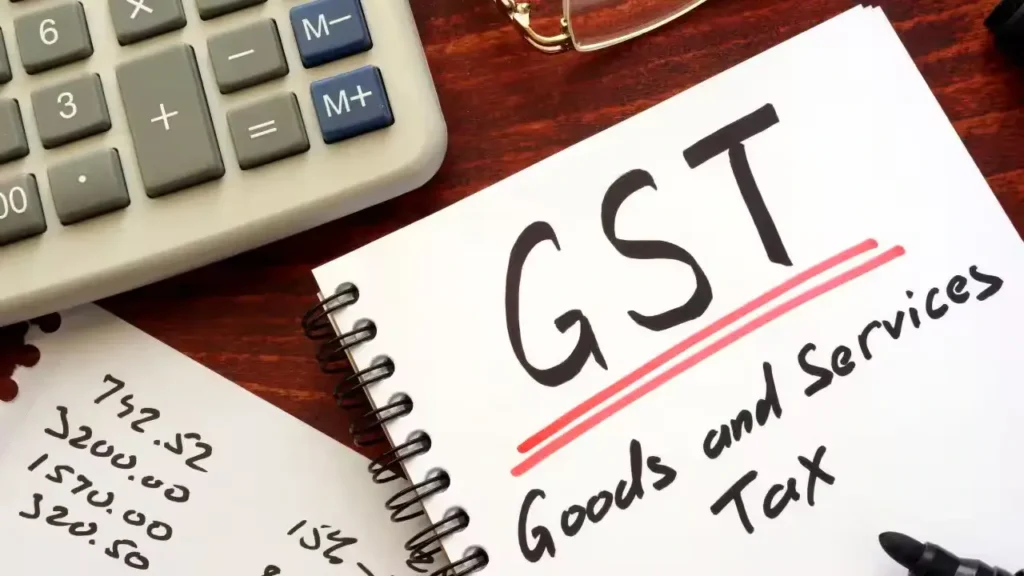In a landmark decision to simplify India’s indirect tax framework, the Goods and Services Tax (GST) Council has approved a two-slab structure of 5% and 18%. The new system will take effect on September 22, 2025, in what is being described as one of the most significant reforms since GST was first introduced in 2017.
The decision was finalized during the Council’s latest meeting chaired by the Union Finance Minister and attended by state finance ministers. The move aims to streamline compliance, cut disputes, and make the tax regime more business- and consumer-friendly.
Why the Change?
When GST was launched, India adopted five primary tax slabs — 0%, 5%, 12%, 18%, and 28%. While the multi-slab approach allowed differentiated taxation, it also brought complications. Businesses often faced compliance challenges, while consumers were left confused by varying price structures.
Over time, industry bodies, economists, and tax experts have pressed for simplification. The new two-rate system — 5% for essential or lower-value goods and 18% as the standard rate — is intended to:
- Reduce classification disputes.
- Make compliance easier, especially for small and medium enterprises (SMEs).
- Create a more predictable business environment.
- Align India with global best practices.
Key Highlights of the New GST Structure
- Two Slabs Only: From September 22, almost all goods and services will fall under either 5% or 18%.
- Merging of Slabs: The existing 12% and 28% brackets will be absorbed.
- Items at 12% will mostly shift to 18%.
- Goods taxed at 28% — including luxury and sin products — will move to 18%, though a cess will still apply on tobacco, alcohol, and aerated drinks.
- Exemptions Continue: Essential food items (fruits, vegetables, milk) and certain healthcare and education services will remain exempt.
- Revenue Neutrality: The Council has assured that the reform will not compromise government revenues.
Impact on Businesses
For companies, especially SMEs, the change could be transformative:
- Simpler Compliance: With only two rates, invoicing and return filing will be much easier.
- Fewer Disputes: Disagreements over whether an item is 12% or 18% — a frequent cause of litigation — will disappear.
- Cost Relief for SMEs: Reduced compliance burden will cut operational costs.
- Better Planning: Businesses can plan pricing and supply chains with greater stability.
Impact on Consumers
For everyday shoppers, the effects will vary:
- Essentials Unchanged: Basic food and healthcare items remain tax-free.
- Mid-Range Goods: Products like packaged food, footwear, and certain electronics currently taxed at 12% could see higher prices at 18%.
- Luxury Goods: While headline GST drops from 28% to 18%, the cess means prices of luxury cars, tobacco, and aerated drinks may not fall significantly.
- Greater Transparency: Fewer slabs will reduce confusion for buyers.
Industry and Expert Reactions
The Confederation of Indian Industry (CII) welcomed the move, calling it a “major step to improve compliance, cut down disputes, and bring predictability.” FICCI also endorsed the reform, noting that simplification has long been a demand of businesses.
However, tax consultants caution about possible short-term inflation. “Products moving from 12% to 18% may see a price rise, especially in packaged foods and personal care. But long-term, the simpler structure benefits both industry and consumers,” said a senior tax advisor.
Concerns from States
Some state governments flagged concerns about potential revenue losses from merging higher slabs into 18%. The Finance Ministry assured them that cess collections and compensation mechanisms would safeguard their revenues.
International Context
India’s earlier five-slab system was considered unusually complex compared to global standards. The two-tier system brings it closer to international practices:
- Singapore: One flat GST rate (9%).
- Canada: Federal and provincial taxes but fewer slabs.
- European Union: Typically one standard rate with a reduced rate for essentials.
What’s Next?
The GST Council will soon issue detailed guidelines and updated rate lists. Businesses have been advised to adjust their billing systems, review pricing, and train staff ahead of the September 22 rollout.
The government also plans an awareness campaign for both taxpayers and consumers, while GST software providers will update platforms to reflect the changes.
Conclusion
The shift to a two-rate GST system of 5% and 18% is a bold step toward simplifying India’s tax regime. While some consumers may face higher prices in the short term, the long-term benefits of reduced complexity, fewer disputes, and easier compliance are expected to outweigh the challenges.
If implemented smoothly, this could pave the way for a single-rate GST in the future — the ultimate goal of many tax experts and policymakers.
